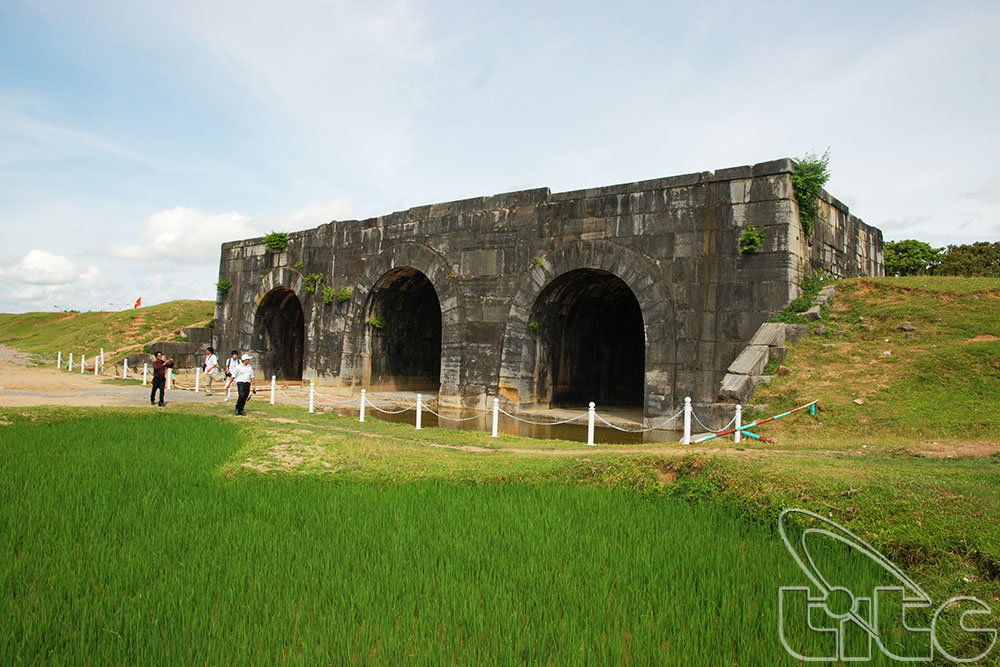The archeological excavation in the Citadel of the Ho Dynasty will be expanded to the defending canal area in the northern part, according to the Ho Citadel Heritage Conservation Centre.

The centre said the Ministry of Culture, Sports and Tourism has freshly agreed to allow Thanh Hoa province’s Department of Culture, Sports and Tourism, in collaboration with the Viet Nam Institute of Archaeology, to excavate the defending canal area located in Vinh Tien and Vinh Long communes in Vinh Loc district.
The expanded area is around 1,000 sq.m, bringing the total excavation area in the northern defending canal area to 3,000 sq.m.
The expansion aims to determine the scale and structure of the northern canal for the research and preservation of the ancient water system and to improve the landscape serving tourism development at this world heritage site.
The canal is a component belonging to the overall excavation strategy for the citadel in 2013-2020.
After many excavations, a lot of valuable antiques have been found but more excavations are still needed to find out the exact answer for the world heritage value of the citadel.
Earlier in 2015, the Ho Citadel Heritage Conservation Centre excavated part of the southern canal over an area of over 2,000 sq.m and clarified the scale, structure and functions of the defending canal.
Besides being used for defence, the canal provided a workshop producing stones used in the construction of the citadel.
Archaeologists have found antiques complementing research and display at the relic site such as stone blocks, bricks with letters carved upon them, ceramic objects of the Tran and Ho dynasties, ceramic objects from the early Le dynasty, and especially iron chisels and swords, which are rarely found in Viet Nam’s archaeological excavations.
The Ho Dynasty Citadel was Viet Nam’s capital under the Ho Dynasty (1398-1407). Located in Vinh Loc district, the citadel measures 870m by 883m and was built in 1397. It is the only citadel in the country built entirely of stones and remained nearly intact throughout the nation’s history.
It was recognised as a World Cultural Heritage Site by UNESCO on July 27, 2011. According to experts, the structure is an outstanding example of a new style of construction for a Southeast Asian imperial city.